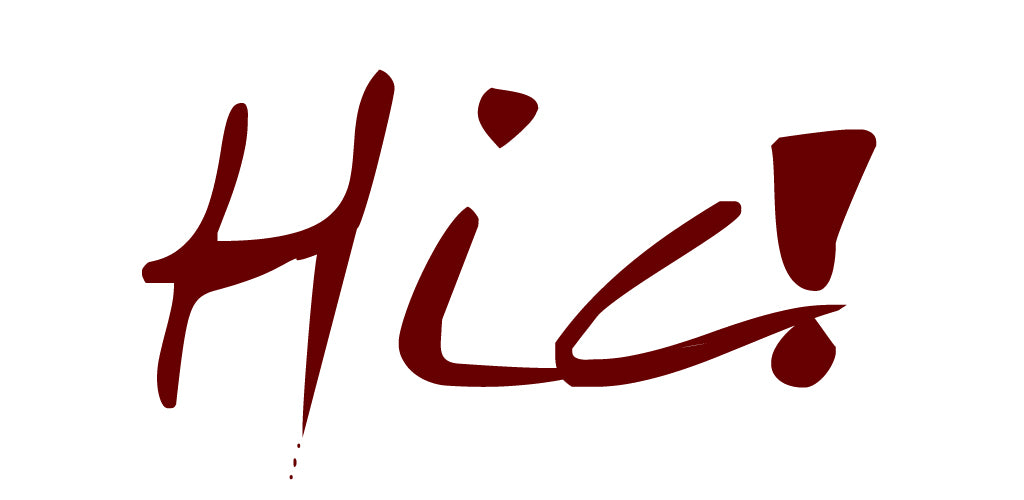Bruno Giacosa | Piemonte

Known as the Genius of Neive, Bruno Giacosa’s mastery of the Nebbiolo grape is recognised in Piedmont and the wider world of wine alike - although the organisation produces more than just Barolo and Barbaresco.
Bruno Giacosa sadly passed away in January 2018, but having suffered a stroke in 2006 it is his daughter Bruna, who has been driving this great wine estate forward in recent years, supported by her sister Marina. And, having worked at Neive for 16 years until 2008, oenologist Dante Scaglione returned in 2011 as a consultant.
The family name was first established in the Langhe in 1871 by Bruno’s grandfather Carlo Giacosa - as a commerciante di vini, building a network of excellent local growers and vinifying their grapes at the winery in Neive, near Alba. After World War II, the 15-year-old Bruno joined his father Mario in the family business. By the time the winery was under the control of the third generation, Giacosa was established as one of the three most important labels in Barbaresco. However, at the same time as he was learning his trade, Bruno was also honing his philosophy of winemaking, based on a passionate pursuit of perfection and the belief that wine should be an expression of location and terroir.
In 1964, the early fulfillment of that credo came with the first single-vineyard bottling of a Barbaresco, Santo Stefano. He followed that with “cru” bottlings of Barolo, Dolcetto and Arneis and the practice continues to this day.
Later, Giacosa began acquiring vineyards himself. The first was Falletto di Serralunga in Barolo in the 1980s; then in the 1990s came parcels in the Asili and Rabajà vineyards in Barbaresco, from where he had vinified some of his favourite wines, and a further Barolo vineyard, La Morra. Since Bruna Giacosa has taken closer control, she has taken the single-vineyard concept further and the only wines bottled that way now come from vineyards owned by the estate - under the label Azienda Agricola Falletto di Bruno Giacosa, with an image of the hilltop Falletto house to differentiate them from wines made from grapes sourced from managed vineyards (Casa Vinicola Bruno Giacosa, with an image of the old castle of Neive).
Giacosa’s vinification technique has been termed “updated traditional”: Nebbiolo grapes, for example, are picked earlier, at optimum ripeness determined by a combination of scientific analysis and hands-on experience. The grapes are macerated for closer to 30 days than the time-honoured 50. This timing still taps into the power and depth of Nebbiolo but produces wines with more finesse. In maturation, Giacosa has not been tempted towards the fashionable use of small, 225l French barriques, instead staying with huge 5,000l Slovenian and French oak botte, many of them 25 years old. This delicate oaking means the maturation only magnifies the complexity and freshness of the wine.
Giacosa’s prestigious Barbaresco “crus” - Asili and Rabajà - are neighbours but have different soils and clearly definable characteristics: the former has unmatched elegance and delicacy, while the latter is full-bodied and rich.
The Falletto vineyard is an icon of the Langhe - a natural amphitheatre with a protected, low-yield terroir with its own ideal microclimate. Giacosa’s vines are in two areas - Falletto di Serralunga, producing a Barolo with a sensuous floral bouquet, and excellent definition, with red fruits supported elegant tannins; and, above that, Le Rocche del Falletto, which provides strawberry and rose on the nose, before velvety dark cherry and chocolate with a mineral, herbal edge.
La Morra, also in Barolo - and particularly the Vigna Croera vineyard - produces a wine with mint and other herbs in the bouquet and a dry, balanced flavour with great texture. Giacosa also grows Dolcetto at La Morra, one of several grapes vinified at the Neive winery - as well as Nebbiolo and Dolcetto, there is also Barbera, the white Arneis and Pinot Noir.
In its Roera Arneis, the Giacosa team has managed to tame the “little rascal” of Alba, using the notoriously difficult grape to produce a straw-gold, fragrant wine with generous white fruits. Pinot Noir finds its way into Giacosa Spumante and Spumante Rosé. Unlike Spumante from nearby Asti, this is produced using méthode champenoise, with secondary fermentation, so a significant area in the cellars at Neive is taken up with riddling racks. Just another example of both Bruno and Bruna’s determination to produce the best quality possible.
When the Giacosa family are satisfied that a vintage of a particular wine has reached as close to the peak of perfection as possible, there is another clear indication on the label - not only the word “Riserva” but a bold red background. However, it is no more likely that a vintage will receive this accolade than that it will be rejected altogether. In 2009, while the rest of the Langhe was declaring 2006 an excellent vintage, Bruno Giacosa judged it to have been an unbalanced growing season and sold off his entire stock, sparking controversy and desperate detective work by connoisseurs to work out who had bottled it, so they could buy “Giacosa wine” for a song. Bruna took the same decision over the 2010 vintage.
From£31.00
From£33.00




